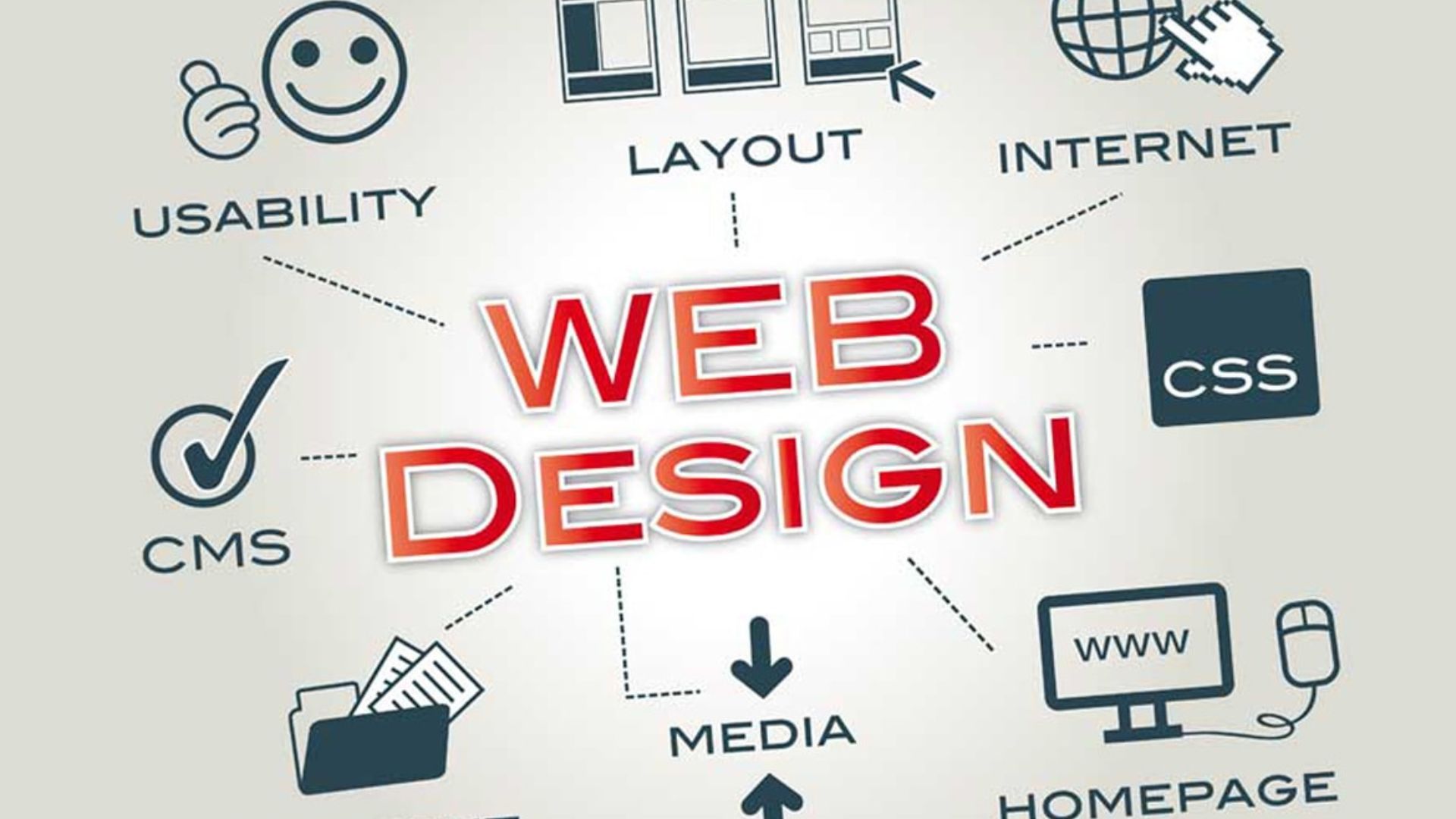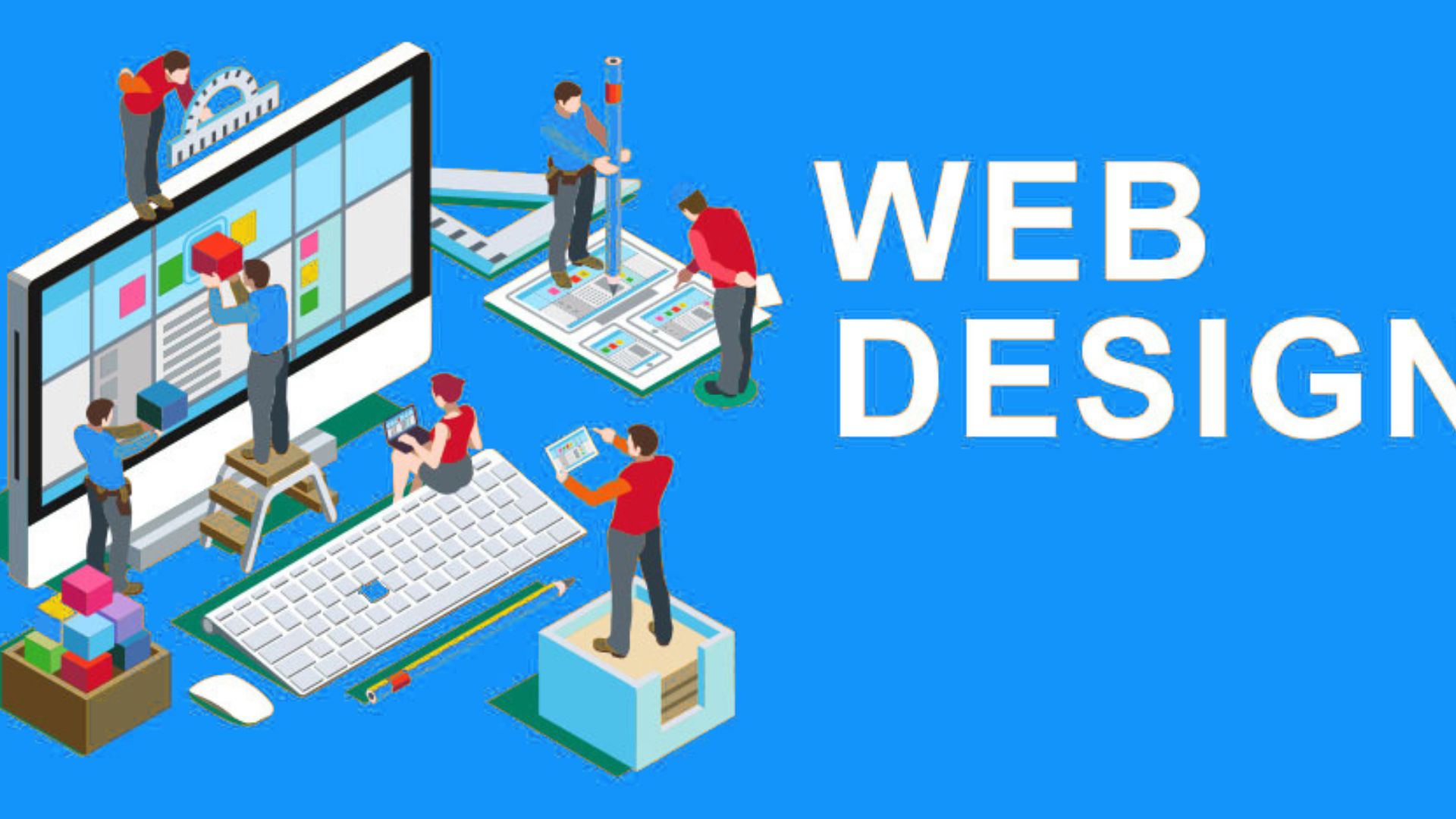Web designing is about creating websites that are easy to use and provide a great experience for visitors. It involves planning and building every part of the website to be user-friendly and visually appealing, making it simple for people to find what they need. The goal is to ensure that the website functions well and looks good, enhancing the overall user experience. Join us as we equip you with the knowledge to navigate the world of web designing and make informed decisions about your website’s development.

What Do Web Designers Do?
To begin with, web designers are the creative minds behind how a website looks and functions. They use their technical skills and understanding of user interface and experience to design websites that meet the client’s needs. They use programs like Adobe, CorelDraw, and Inkscape to create visual elements like graphics, logos, and animations that make the website attractive and easy to use. Web designers focus on making the website visually appealing and follow design principles like symmetry and colour schemes to engage visitors. Moreover, they also work on the layout and placement of content using coding languages to ensure the website works smoothly.
Benefits of Having a Good Web Design
Additionally, having a good web design can greatly benefit your brand in several ways. Moreover, investing in a quality web design can offer numerous advantages for your brand. Let’s explore some of the key benefits that come with web designing and here are some of the key advantages:
- Makes a Great First Impression: A well-designed website helps create a positive first impression on visitors, reflecting positively on your brand.
- Improves Google Rankings: Good web design includes elements like readability, mobile-friendliness, and fast loading times, which can boost your website’s visibility in Google searches.
- Enhances Brand Consistency: A professional web designer incorporates your brand’s logo, colours, and fonts into your website, making it consistent with your brand identity and boosting credibility.
- Reduces Bounce Rates: An engaging website design encourages visitors to explore more pages, reducing the likelihood of them leaving your site quickly, which can improve your website’s credibility and rankings.
Elements of Web Design
Moreover, when it comes to web designing, two main parts work together to make a website work well: visual elements and functional elements. These important parts come together to create a website that is easy to use and enjoyable for visitors.
Visual Elements
Furthermore, visual elements focus on the appearance of the website and include features like fonts, colours, shapes, layouts, icons, logos, images, and video. These elements come together to establish a cohesive theme for the website, leaving a strong impression on visitors when executed correctly. Each visual element needs to complement the others and contribute to a harmonious overall design.
Functional Elements
Moreover, functional elements are essential components of web design that not only impact how search engines perceive your site but also influence user experience. These elements extend beyond aesthetics and contribute to the usability and efficiency of your website. Key functional elements include:
- Navigation: The ease with which visitors can navigate through different sections of your website.
- User interaction: Providing users with control by minimizing intrusive elements such as pop-ups and auto-play videos, and avoiding overwhelming them with excessive information.
- Speed: Ensuring that web pages load quickly, typically within a few seconds, to prevent user frustration.
- Site structure: Establishing a clear and organized structure that facilitates easy navigation for both visitors and search engine crawlers.
- Cross-device compatibility: Ensuring that your website functions seamlessly across various devices, including desktops, tablets, and smartphones.
What Tools Do Web Designers Use?
Additionally, web designers use various tools to design websites. Web designers depend on a broad array of tools. Furthermore, they do so to ensure that websites not only appear visually appealing but also function well. Let’s take a closer look at some of the tools commonly used in the field of web design:
WordPress
Additionally, a widely used content management system (CMS) that offers a plethora of attractive themes and free plugins to enhance website functionality.
Wix
A user-friendly website-building platform ideal for designers with limited coding knowledge. Wix features a simple drag-and-drop interface for easy layout customization.
Squarespace
Known for its extensive collection of website templates, Squarespace allows designers to create customized layouts while manipulating visual elements.
Shopify
A leading e-commerce platform, Shopify enables designers to create online stores with secure SSL certification. Additionally, this makes it ideal for businesses looking to establish a digital storefront.
Conclusion
In conclusion, web designing is like baking a delicious cake! It takes a bit of imagination and some know-how. Additionally, with a few key ideas and the perfect tools, you can create a website. Moreover, a website that’s both beautiful to look at and super easy to use for visitors. This is true whether you’re a seasoned business owner or just starting your online adventure. By following these principles, you’re well on your way to baking up a website that’s a real success!

